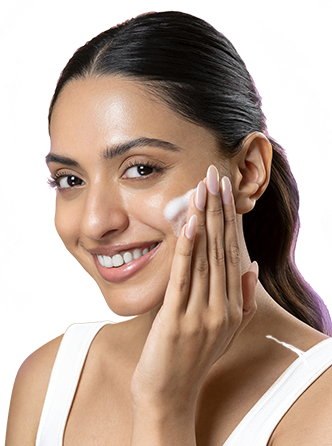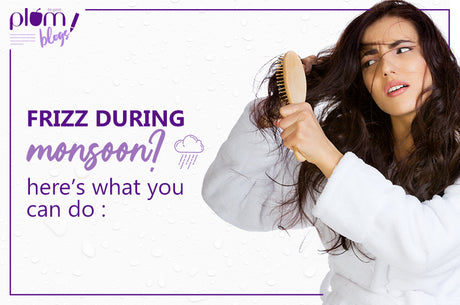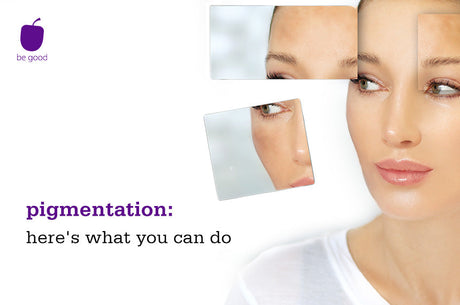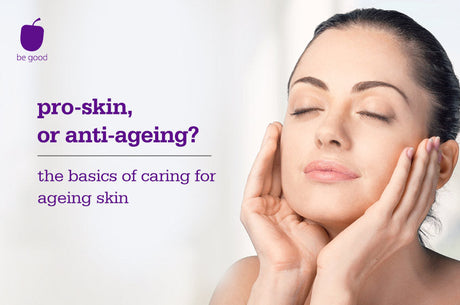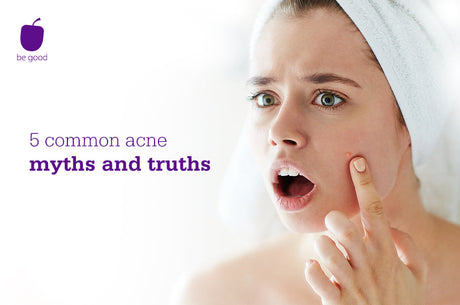
Hey Plumsters, the other day we had one of you asking our advisors on live chat: "I spend a lot of time in front of a computer at work and the UV radiation from the monitor is darkening my skin. Which SPF should I choose?". Interesting question, that. Does a computer monitor indeed give out UV you need to worry about? Are there other sources of UV indoors? We did some research, and here's our top 5 countdown of indoor UV sources, whether you should worry about them at all and what you should do to protect yourself. Spoiler alert: #1 on this countdown list will surprise you :)
We've listed the top 5 possible sources of indoor UV radiation, and rated them on the basis of their potential to harm you or your skin. Starting the countdown with the least harmful, at number 5:

#5: Mobile phones
A-ha. A post on radiation and mobile phones not on them? Simply not possible! But hey, turns out they aren't that bad, after all - from a UV point of view, that is.
Worry factor: LOW (with respect to UV)
Facts: Mobile phones do emit radiation, but not UV. And while the health effects of mobile phone radiation are being debated (somewhat endlessly), we can tell you that mobile phones do not emit UV radiation. So if you are reading this on a mobile phone, you can safely continue to do so :P

#4: Flat panel TVs and monitors
Worry factor: LOW. This also applies to LED lamps (now replacing tube lights and CFL lamps).
Facts: LCD and LED screens (both TVs and computer monitors) do not emit any UV. So they're absolutely safe from this angle.
But watch out for: Eye strain and sensitivity from long hours of uninterrupted viewing. Take a break, switch off, go for a walk - outdoors if possible.

#3: The tube light, or fluorescent light and CFL lamps
Surprised to see the humble tube light and its newer cousin CFL on this list? But don't worry, they're both quite safe, if you go for well-known brands.
Worry factor: LOW (read conditions below)
Facts: Fluorescent lights do emit UV, but in such low quantities that it hardly adds 3% to the overall UV exposure in a person's entire life (source: UK Health Protection Agency). Although a lot of UV does get generated inside the tube, the outer glass has a coating that absorbs almost everything and only gives out visible light.
But watch out for: Unknown brands of lights which may not be using the right coating to absorb the UV. Go for well-known, reputed brands of tubelights. Especially since we spend so much time under them in office and home.

#2: Old-style TVs and computer monitors
There might still be some people using these, so how do these fare?
Worry factor: MEDIUM
Facts: The old CRT-style displays do emit small amounts of UV radiation. These are not proven to be harmful, but then, if you are in front of one for long hours, you would be advised to get some protection. How about getting a UV shield in front of the monitor so that you don't have to keep applying SPF on yourself?

#1: Glass windows
Surprised, right? The No. 1 source of indoor UV radiation is actually outdoors, and well, out of this world. And that's from the sun. Transmitted diligently by glass windows.
Worry factor: HIGH
Facts: Glass windows transmit up to 70% of UV radiation incident on them. And that includes those fitted on cars and buses, too. An interesting study (in the journal Clinical Interventions in Aging) noted how people showed more signs of ageing on the sides of the faces exposed to a glass window over a long period of time. The study conclusively established that premature ageing and other skin issues can equally be caused indoors if you are sufficiently close to a window.
What you can do:
1. Apply UV protective films on car windows and home/office windows. Ask if your sun film has UV filter or not.
2. Use lightweight (SPF 15, 20 or 30) UV protection regularly.
3. Using curtains whenever possible will provide an additional layer of UV protection.
In conclusion, we can say the following: nothing much to worry from most of the tech things around you, just watch what you do near the windows :P
Did you find this useful? Got questions you want us to find answers for? Do let us know on hello@plumgoodness.com!
Related products:
Grape Seed & Sea Buckthorn Light Stay Day Cream SPF 30Hello Aloe Ultra Lite Day Lotion SPF 20
Chamomile & White Tea Sheer Matte Day Cream SPF 50 | PA+++
Green Tea Day-Light Sunscreen Gel SPF 35 | PA+++


